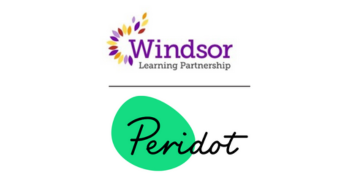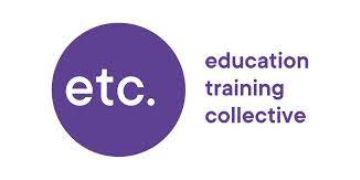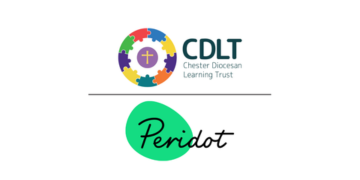Pupils with SEND are not the exception in today’s classrooms. DfE data shows over 1.7 million pupils are now identified with SEND, with more presenting complex needs. For these pupils, a teacher’s ability to adapt the curriculum and create an inclusive classroom is essential.
At the heart of this challenge lies a simple truth: the quality of SEND provision depends on the confidence and capability of teachers.
Yet Ofsted’s 2024 review of teacher development found variability in how well SEND training prepares new teachers. Too many enter teaching with limited experience of complex needs and without a secure understanding of how to tailor instruction without lowering expectations. Consequently, many feel underprepared to meet the diverse needs of their pupils.
If we are serious about inclusion, new teachers must leave training equipped with the knowledge and skills to adapt teaching for all. The risk is that SEND remains a bolt-on topic in ITT programmes—rather than a thread running through every aspect of training.
To support that, here are four ways ITT providers can get SEND training right.
Adaptive teaching as a core skill
Adaptive teaching is not the same as differentiation, nor should it be viewed as a strategy solely for pupils with SEND. At its core, it’s responsive teaching: noticing, understanding and addressing learning barriers in real time.
ITT providers must embed adaptive teaching as a core pedagogical principle across all subject- and phase-specific content, not confine it to professional studies modules.
Trainees need practical tools to plan, model, scaffold and assess learning across diverse needs, without reducing cognitive demand.
The strongest programmes highlight how high expectations and inclusive strategies go hand in hand, helping trainees see adaptive teaching as a marker of teacher expertise, not an optional extra.
Deeper understanding of SEND needs
While adaptive teaching supports all pupils, trainees also need a deeper understanding of common SEND needs and their classroom implications.
This should go beyond textbook definitions to focus on practical realities such as how language processing difficulties affect access to a word problem, or how sensory difficulties could impact behaviour in an art lesson.
Case studies offer a valuable way to explore and discuss these issues, alongside intensive training and practice (ITAP) opportunities. High-quality SEND input from experienced practitioners, specialist teachers and educational psychologists should be a core component of all ITT routes, underpinned by up-to-date research and evidence.
Stronger school-based SEND training
Exposure matters. Trainees need sustained, structured opportunities to work directly with pupils with SEND.
Placements should include time in inclusive classrooms where adaptive teaching is strong, as well as in specialist settings where complex needs are effectively met. This relies on ITT providers knowing their school partnerships well and drawing on expertise within them to ensure trainees observe best practice.
Providers should also ensure school-based mentors are confident in modelling adaptive teaching, with feedback focused on how well trainees plan for and respond to diverse learner needs (This has implications for mentor training too.)
Building vital relationships
An often-overlooked aspect of effective SEND training is the importance of partnership: with families, teaching assistants and professionals like speech and language therapists. Trainees should be explicitly taught how to listen to parental insight, contribute to review meetings and communicate effectively about pupil needs and progress.
Case studies, role play and video analysis can be powerful tools for developing the empathy and interpersonal skills needed to build trust with families of children with SEND.
Inclusion starts with training. Mentors, tutors and leaders should model inclusive attitudes, reinforce that SEND is everyone’s responsibility and monitor trainee progress in this area with the same rigour as subject knowledge.
If every trainee teacher left training confident in teaching pupils with SEND, we’d be far closer to a system where all pupils can thrive. This isn’t about compliance; it’s a moral imperative.
ITT providers are the gatekeepers of teacher identity and practice. They shape the beliefs and habits new teachers take into classrooms. In an era of rising need, getting this right has never mattered more.
And of course, all the same applies to skilling up teachers already doing the job.












Your thoughts